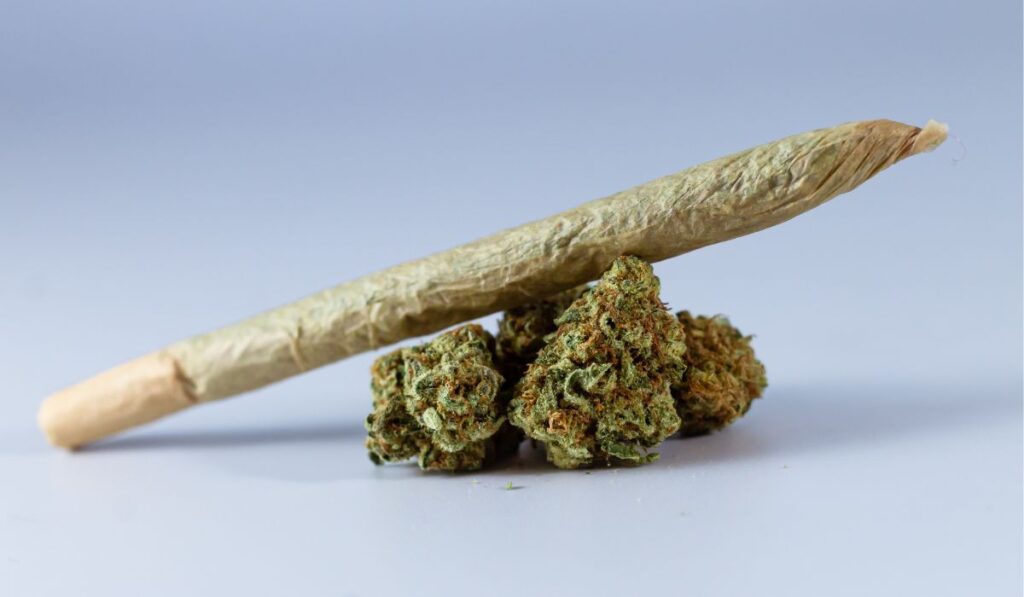What Is 7-Hydroxymitragynine Indoxyl?
7-Hydroxymitragynine Indoxyl is a natural product found in a plant called mitragyna speciosa. This tree grows in Thailand and other parts of Southeast Asia. It is part of the Rubiaceae family. The leaves of this tree contain many alkaloids, which are special chemicals that can change how your body feels or works.
One of the strongest alkaloids in mitragyna speciosa is 7-Hydroxymitragynine Indoxyl, a metabolite made from mitragynine. It is known to act on the opioid receptor and has strong effects similar to morphine, codeine, and fentanyl.

Why Do People Care About This Alkaloid?
People talk about this compound because it helps with pain management. It is an analgesic, which means it reduces pain. Scientists say it is a strong agonist, or activator, of the mu-opioid receptor. That is the same receptor that drugs like oxycodone, hydrocodone, and buprenorphine also affect.
This chemical is being looked at in pharmacology labs, especially in places like the University of Florida. Some researchers are studying it for its efficacy in treating opioid use disorder, mental health, and major depressive disorder.
How Is It Different From Other Opioids?
This compound may work a little differently. It shows functional selectivity, which means it only turns on some parts of the receptor, not all. This might help reduce side effects like constipation, fatigue, and physical dependence that people get from other opioids.
Some experts even compare it to oliceridine, another drug made to cause fewer bad effects. Scientists test it using things like the tail flick test in animal testing models, such as rodents.
Where Does 7-Hydroxymitragynine Indoxyl Come From?
It comes from mitragynine, which is the most common alkaloid in mitragyna speciosa. Inside the liver, enzymes like cytochrome p450 help turn mitragynine into 7-Hydroxymitragynine Indoxyl. This is a kind of metabolic pathway that happens in vivo (inside the body).
This derivative can also be made using semisynthesis or total synthesis in a lab. Scientists use medicinal chemistry and toxicology tools to study the pharmacokinetics and pharmacodynamics of the molecule.

Is It Safe?
This is a big question. Some people use kratom (another name for mitragyna speciosa) to help with anxiety, euphoria, or as a stimulant. But using too much can be risky. It can cause addiction, substance abuse, or interact with other medications like naltrexone, naloxone, or tricyclic antidepressants.
There is not a lot of clinical trial data yet, and more research is needed. Groups like PubMed collect information from science papers to help doctors and physicians understand how these chemicals work.
How Strong Is It?
7-Hydroxymitragynine Indoxyl has a lot of potency. It is much stronger than plain mitragynine. Some studies show it binds tightly to the g protein at the opioid receptor. This makes its intrinsic activity very high.
Its EC50 (a measure of how much is needed to work) is low, meaning a small dose goes a long way. People who use kratom tea or extract might be getting more of this alkaloid than they know.
Is It Legal?
In some places, parts of mitragyna speciosa are controlled under the Controlled Substances Act. Because 7-Hydroxymitragynine Indoxyl acts like an opiate, it gets attention from forensic scientists and consumer protection groups.
Authorities test drinks, powders, or smoke forms of kratom to check for strong active ingredients like this one. Laws vary depending on where you live.
How Is It Tested?
Scientists use special tools to test 7-Hydroxymitragynine Indoxyl. These tools are used in assay systems and in vitro (outside the body) testing. They measure how the ligand (the compound) binds to receptors.
They also look at how the redox state affects the molecule. This helps understand how it works at the protein level. It might also be tested next to other natural products like salvinorin A, tetrahydrocannabinol (THC), or even the cannabinoid class of drugs.
What About the Body’s Reaction?
The body uses the blood, liver, and enzymes to break this chemical down. It can interact with substrates in your liver, where it’s processed by cytochrome p450. This matters for drug metabolism and how long it stays in the body.
Sometimes, scientists use animal tests like rodent studies to find the bioavailability (how much reaches the blood). Some compounds like nalorphine or ether may be used as comparisons.
What Can It Be Used For?
Doctors are still studying this compound for many reasons:
- Helping with pain
- Supporting mental health like anxiety or major depressive disorder
- Treating opioid use disorder
- Improving mood
Some think it could help people who don’t respond well to antidepressants or other medications. But it is still being looked at in clinical trials.
What Are the Risks?
Even though it’s from a plant, this compound still carries risks. Using too much kratom or taking it with other drugs like fentanyl, morphine, or oxycodone can lead to addiction or overdose.
Also, because it’s so strong, it can cause constipation, fatigue, or mood changes. That’s why experts are studying it in labs and looking at how to keep people safe.

FAQs
What is 7-Hydroxymitragynine Indoxyl?
It’s a metabolite made from mitragynine, an alkaloid in the kratom plant. It works like an opioid and helps manage pain by acting on opioid receptors.
Is it stronger than morphine?
Yes. Studies show it is more potent than morphine and other opioid drugs like codeine or buprenorphine.
Can it help with depression or anxiety?
Some research says it might help with major depressive disorder or anxiety, but more clinical trials and data are needed before it’s used as a medication.
Is it legal in the U.S.?
It depends. Some parts of kratom are controlled by the Controlled Substances Act, and some states or cities ban it. Always check your local laws.
Does it have any side effects?
Yes. It can cause constipation, tiredness (fatigue), or even addiction if taken in large amounts or with other substances.
7-Hydroxymitragynine Indoxyl is a powerful ingredient from the mitragyna tree. While it may help some people with pain or mental health, it also has serious risks. More research, assays, and evaluation are needed before it becomes a safe medication. Talk to a physician before using any product that affects your brain or body.
Always choose health and safety first. Contact us today for more information.








